Wollongong Property Market & Location Profile
Property Price Trends
Robust Growth in House Prices – Over the past decade, Wollongong’s housing market has boomed. Median house values have nearly doubled, now hovering around Subscribe to view detailed house price statistics. This surge – subscribe to view our detailed historical growth figures – was fueled by Sydney sea-changers and investors drawn to Wollongong’s coastal lifestyle. Even in just the last 5 years, house prices have experienced impressive gains – for exact annual growth figures, subscribe to Microburbs. Recent momentum has moderated slightly – subscribe for the latest monthly change insights.
Unit Market Performance – Units and apartments have seen steadier growth, trailing houses. The median unit price is available exclusively to our subscribers. Over the past five years, unit values have risen steadily – subscribe now to view detailed annual growth trends. In the most recent year, unit prices were almost flat, reflecting higher supply from new apartment developments and some buyer preference for houses. Nonetheless, units in prime locations (e.g. city beachfront) continue to perform well; for detailed figures on North Wollongong units, subscribe today.
High-Growth Suburbs & Forecasts – According to Microburbs data, several Wollongong suburbs are poised for above-average price growth in coming years. Detailed capital growth forecasts are available exclusively to subscribers. For example:
- Dapto & West Dapto Corridor – A fast-developing area 15km south-west of the CBD, Dapto has seen rapid recent growth. For full details on recent growth and our premium 4-year forecast for this corridor, subscribe to Microburbs.
- Northern Suburbs (Corrimal, Bellambi) – Traditionally working-class, these suburbs offer relative affordability by the beach. To see our detailed forecast and growth metrics for Corrimal and Bellambi, subscribe now.
- Port Kembla & Warrawong – In the industrial south, these suburbs have historically lower prices but strong potential. For complete growth projections and detailed data insights, subscribe to Microburbs.
- Wollongong & North Wollongong (City) – The city center and beachside unit markets are expected to remain solid performers. For our exclusive top-tier growth ratings and detailed forecasts for these areas, please subscribe.
Visual: Historical price trend graphs would show a steep climb for Wollongong houses from 2015 to 2022, a brief dip in 2022, and a modest uptick into 2024. Units would show a gentler rise. For the complete visual data and detailed suburb-by-suburb forecasts, subscribe to Microburbs.
Microburbs Product Offerings
Discover the power of advanced data with Microburbs. Our subscription gives you weekly-updated, in-depth forecasts and detailed statistics on every suburb. From precise capital growth forecasts to exclusive insights on property prices, rental yields, and demographic trends, our product offerings are designed for investors, homebuyers, and industry professionals. To see forecasts for Wollongong’s key suburbs and access the latest market trends, subscribe now. Stay ahead of the market with data-driven insights delivered directly to you.
Economic Drivers
Diverse and Evolving Economy – Wollongong’s economy has transitioned from its industrial roots into a more diversified base. Historically a steel city (with BlueScope’s Port Kembla steelworks still a major employer), the region now also leans on education, health, and services. The University of Wollongong (UOW) is a key pillar, drawing a significant student population – subscribe for the exact numbers. A large hospital and healthcare sector provides thousands of jobs. The port remains busy with freight – handling commodities, cars, and soon renewable energy equipment – sustaining logistics and trade employment. For current employment and infrastructure investment figures, subscribe to Microburbs.
Major Industries & Employers:
- Steel & Manufacturing: BlueScope Steel and related industries at Port Kembla anchor the manufacturing sector.
- Port & Logistics: Port Kembla is NSW’s second-largest port. Plans to expand capacity and diversify into new trades, such as green energy, are underway.
- Education & Research: UOW and its spinoffs inject skilled employment and a vibrant student community. For detailed industry statistics, subscribe.
- Healthcare: With a major tertiary hospital and additional specialist centers, the region is a growing medical hub. Subscribe for detailed healthcare investment insights.
- Professional Services & IT: An emerging tech scene and government offices support a dynamic white-collar sector, with many businesses attracted by lower costs and local talent.
Economic Trends: The region’s economy has been buoyant in recent years due to population growth and infrastructure spending – subscribe to view detailed economic trends and statistics. Population inflows, including some Sydneysiders relocating post-COVID for lifestyle, have translated into strong housing demand, even as affordability challenges persist. Overall, Wollongong’s economic outlook remains solid.
Local Amenities & Liveability
Lifestyle and Leisure – Wollongong consistently rates highly for liveability. Microburbs scores the city highly in lifestyle factors – for full scores and detailed insights, subscribe to view our comprehensive ratings. The appeal begins with the natural setting: residents enjoy numerous patrolled beaches along the coastline, plus Lake Illawarra for fishing and boating. The dramatic Illawarra Escarpment offers hiking, lookouts, and lush greenery, creating a scenic backdrop for many suburbs. Recreational facilities abound, from coastal bike paths and rock pools to sporting complexes. Popular spots like Wollongong Botanic Garden, Stuart Park, and the Blue Mile promenade further enhance the outdoor lifestyle.
Schools & Education – The city is well-served by quality schools, making it attractive for families – see our detailed Family Score and school statistics by subscribing to Microburbs. There are dozens of public and private primary and high schools, including selective high schools and strong Catholic colleges. The presence of UOW and TAFE campuses ensures educational opportunities at every level, supporting both families and a lively student community.
Healthcare – Residents have access to comprehensive healthcare. Wollongong Hospital, the region’s principal facility, is undergoing significant upgrades – subscribe for the latest investment figures and healthcare facility details. Several smaller hospitals and specialist centers complement this, ensuring advanced medical care is nearby.
Shopping & Dining – Wollongong offers big-city conveniences with a relaxed pace. The Wollongong Central mall in the CBD anchors a revitalized city core, with over 200 stores, supermarkets, and cinemas. Suburban retail hubs such as Warrawong Plaza, Dapto Mall, Corrimal Shopping Centre, and Figtree Grove provide essential services. For full details on shopping and dining statistics, subscribe to Microburbs.
Community & Environment – A strong community spirit and tranquil suburban streets add to the city’s appeal. For detailed liveability scores and community statistics, subscribe to Microburbs. With ample green space and family-oriented facilities, Wollongong consistently offers a balance between urban convenience and coastal charm.
Transport & Infrastructure
Connectivity – Wollongong is well-connected by both road and rail, with ongoing upgrades promising improved accessibility. Located just 80 km south of Sydney, many residents commute between the two. The M1 Princes Motorway links Wollongong to southern Sydney; recent investments are aimed at making this route faster and safer. A major project is the Mount Ousley interchange – for detailed funding and project figures, subscribe to view our exclusive infrastructure reports. This new interchange will ease bottlenecks and reduce travel times to the CBD and University.
Public Transport – The South Coast railway line, with frequent trains north to Sydney and south to Kiama, serves the city well. Railway stations in key suburbs such as Wollongong, North Wollongong, Thirroul, and Dapto are central to commuter life. The unique free “Gong Shuttle” bus supports car-free mobility in the central suburbs. For detailed transport statistics and future service projections, subscribe now.
Local Transport & Active Travel – Within the city, road upgrades and active travel projects are underway. For example, new subdivisions in West Dapto are benefiting from improved roads, and recent investments in footpaths, lighting, and bike storage are enhancing access around train stations. To see complete details on these projects and their impact, subscribe to Microburbs.
Infrastructure Projects Shaping the Future – A number of big-ticket infrastructure projects are set to shape Wollongong’s property market:
- Road: Ongoing works on the Princes Motorway and recent projects like the Albion Park bypass are easing regional traffic.
- Rail: Proposals such as a Thirroul rail tunnel to increase capacity are in discussion – for our in-depth analysis and project timelines, subscribe today.
- Utilities: Upgrades in digital infrastructure are keeping pace with regional growth – subscribe to view our detailed Communications Score and utility investment reports.
- Airport: While Wollongong doesn’t have a major airport, nearby Shellharbour Airport and future plans at Sydney’s Western Sydney International Airport offer additional connectivity. For the latest updates, subscribe now.
Upgraded infrastructure not only reduces travel times but also tends to raise property values in well-connected suburbs. For full details on how these projects influence the market, subscribe to Microburbs.
Risk & Environmental Factors
While Wollongong offers an enviable lifestyle, buyers and investors should be mindful of certain risks and environmental considerations that can affect properties, insurance, and long-term value.
Flood Risk – Some parts of Wollongong, particularly low-lying areas near waterways and Lake Illawarra, are prone to flooding in extreme weather events. Detailed flood zone maps and risk assessments are available exclusively to subscribers. Local government flood maps and mitigation strategies can be reviewed in full by subscribing to Microburbs.
Bushfire Risk – The bushland on Wollongong’s escarpment and in adjacent areas brings bushfire hazards. For detailed analysis of bushfire-prone zones and construction guidelines, subscribe now.
Coastal Hazards – Waterfront properties face risks from coastal erosion and storm surges. For the latest sea level rise projections and risk maps, please subscribe to Microburbs.
Environmental Planning – Many parts of Wollongong are subject to environmental overlays that preserve green space or wetlands. For in-depth analysis on planning restrictions and their impact on property values, subscribe now.
Crime and Safety – Overall, Wollongong is a safe region with low crime levels. For full details on safety scores and community policing statistics, subscribe to view our comprehensive crime and safety reports.
Other Considerations – Investors should note areas with higher public housing or social challenges, as well as heritage conservation zones. For complete data and analysis on these factors, subscribe to Microburbs.
In summary, due diligence on environmental and safety factors is important. For detailed risk assessments and mitigation strategies, subscribe now.
Demographics & Population Trends
Population Growth – Wollongong’s population has been on a steady upward climb. The City of Wollongong LGA is home to a significant number of residents – for the exact figures and detailed growth projections, subscribe to Microburbs. Forecasts for future population growth and migration trends are available exclusively to our subscribers. Key growth areas, including the West Dapto Release and northern coastal suburbs, are highlighted in our detailed reports.
Age & Family Composition – Wollongong has a diverse demographic mix with a median age in the mid-30s. Detailed breakdowns of age groups, family compositions, and trends – including the proportion of households with children – can be accessed by subscribing now.
Multiculturalism – The city’s multicultural fabric is enriched by a significant overseas-born community. For full details on multicultural demographics and related statistics, subscribe to Microburbs.
Income & Affluence – While Wollongong’s Affluence Score is moderate, home ownership remains strong. For detailed income statistics and affluence scores by suburb, subscribe now.
Population Structure Trends – Trends such as inward migration of young families and the influx of students and skilled migrants are key drivers in the region. For our comprehensive analysis and detailed numbers, subscribe to Microburbs.
Future Developments
Multiple developments – residential, commercial, and industrial – are on the horizon in Wollongong, which will shape the market’s future supply and demand dynamics. Here are some of the key future projects to watch:
- West Dapto Urban Release: The largest residential expansion in the region is set to accommodate thousands of new homes over the coming decades. For detailed development numbers and stage-by-stage forecasts, subscribe to Microburbs.
- Wollongong CBD Revitalisation: The city centre is undergoing transformation with several high-rise apartment and mixed-use projects. To view our detailed forecast and analysis on how these projects will boost property values, subscribe now.
- Port Kembla & Industrial Developments: With significant industrial projects underway – including prospects for renewable energy hubs and potential defense-related investments – full growth and impact analyses are available exclusively to our subscribers. Subscribe today for comprehensive insights.
- Retail and Commercial Projects: Plans to modernise suburban retail centres and commercial parks are in progress. For detailed project timelines and economic impact forecasts, subscribe to Microburbs.
- Infrastructure Pipelines: From major transport upgrades to healthcare facility redevelopments, infrastructure projects are key to sustaining growth. For full project details and funding analyses, subscribe now.
- New Community Facilities: Future community amenities, including libraries and sports facilities, will enhance liveability. Detailed projections and investment figures are available to subscribers.
Visual: A map of Wollongong could be provided here highlighting key development zones: West Dapto (residential), Port Kembla (industrial/energy), the CBD (high-rises), and major transport corridors. For full tables, infographics, and expected completion dates, .
Investor & Liveability Insights
Wollongong strikes an attractive balance between investment potential and quality of life, making it a compelling choice for both property investors and owner-occupiers. Here we consider a few insights at this intersection:
Strong Investment Fundamentals: The Wollongong property market offers investors solid fundamentals – from steady growth to attractive yields. Detailed investment growth statistics and our exclusive “premium” forecast data are available only to subscribers. Subscribe now for full insights.
Rental Market & Yields: Investors will be encouraged by the tight rental market in Wollongong. For detailed rental statistics, occupancy rates, and yield forecasts, subscribe to view our exclusive rental market reports.
Liveability Advantages: From an owner-occupier perspective, Wollongong’s liveability is a huge drawcard. With excellent schools, low crime, and a vibrant community, detailed liveability scores and comprehensive resident satisfaction data can be accessed by subscribing now.
Balanced Market Dynamics: Wollongong offers a balanced mix of property types, catering to both investors and homebuyers. For detailed segmentation data and market dynamics analysis, subscribe to Microburbs.
Outlook and Key Insights: The outlook for 2025 and beyond is positive. For our detailed projections, comprehensive market analysis, and exclusive forecasts that outline future price trajectories, please subscribe now.
In conclusion, Wollongong provides both investors and residents with a promising proposition. For complete data on high-growth suburbs, detailed investment forecasts, and liveability insights, subscribe to Microburbs to access our full suite of advanced data and market forecasts updated on a weekly basis.
Disclaimer: The information provided in this document is for informational purposes only and does not constitute financial advice. Please consult a qualified financial advisor before making any investment decisions. All content is provided "as is" without any express or implied warranty.



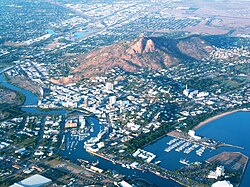

.jpg)
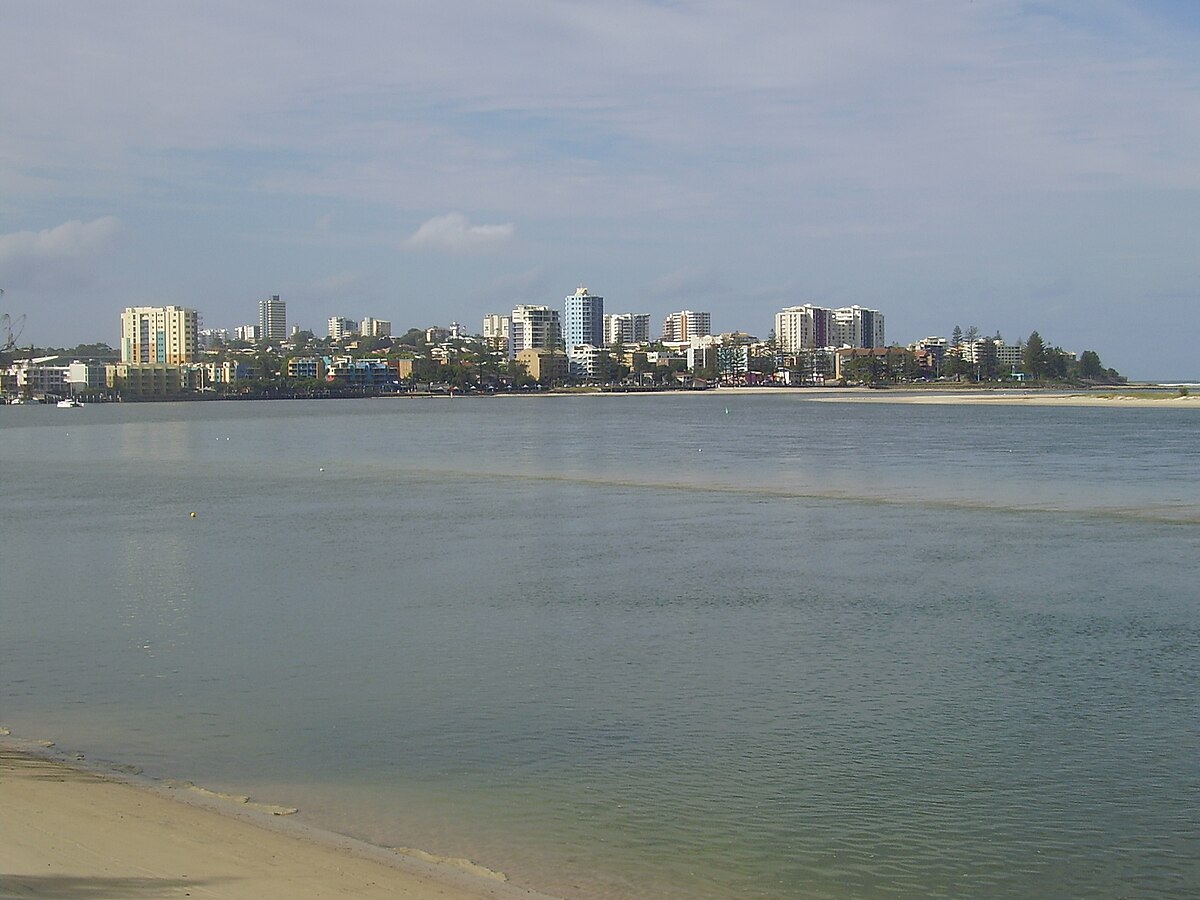

.jpg)
_(7445134654).jpg)
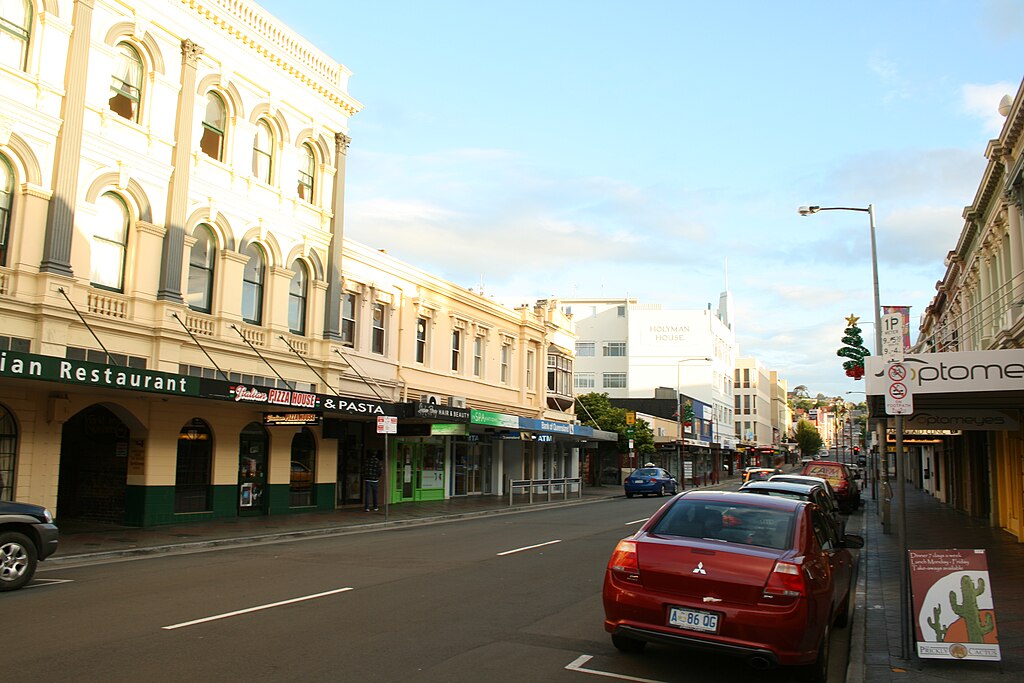

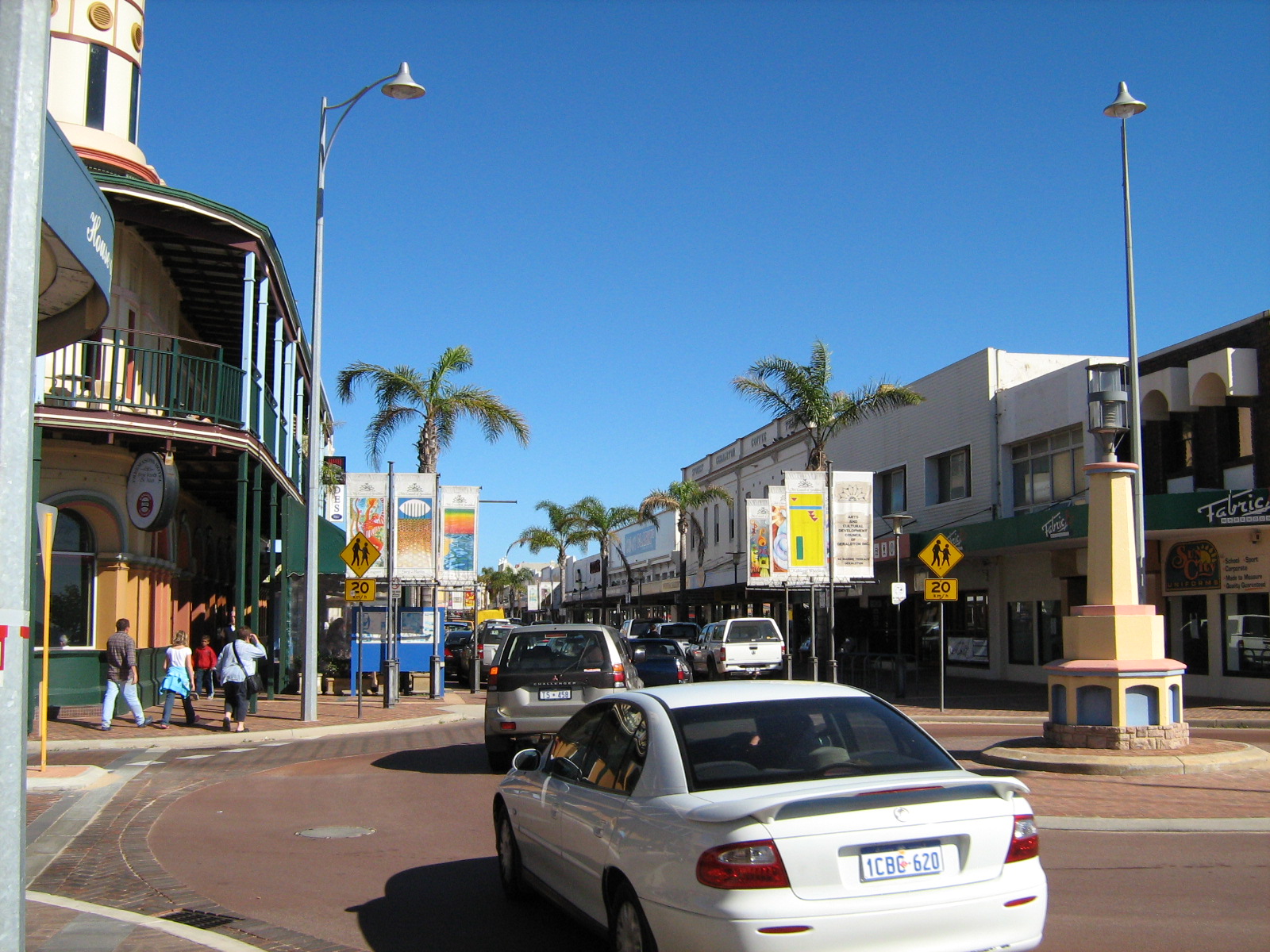
.jpg)

.jpg)

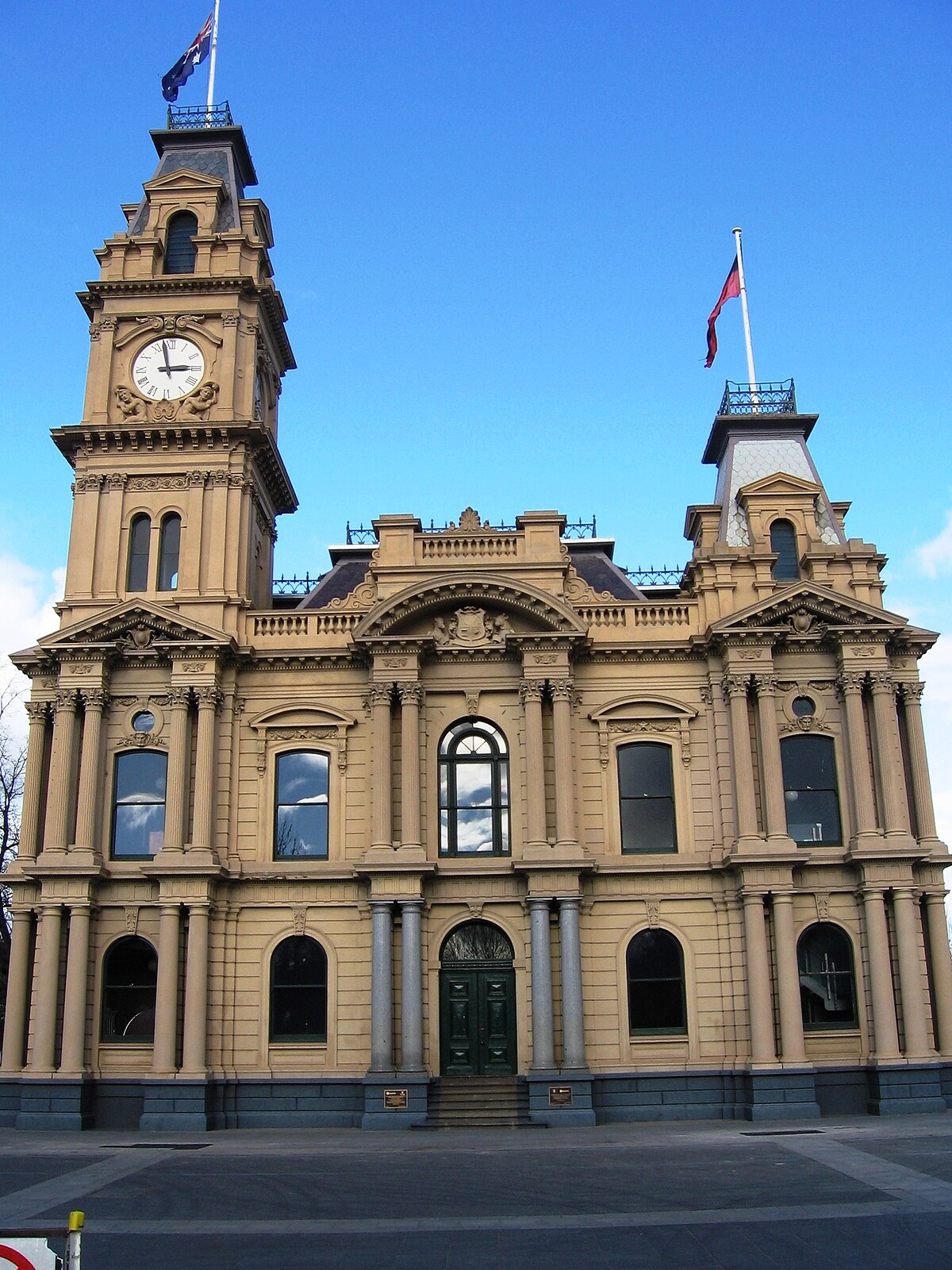


.jpg)


















